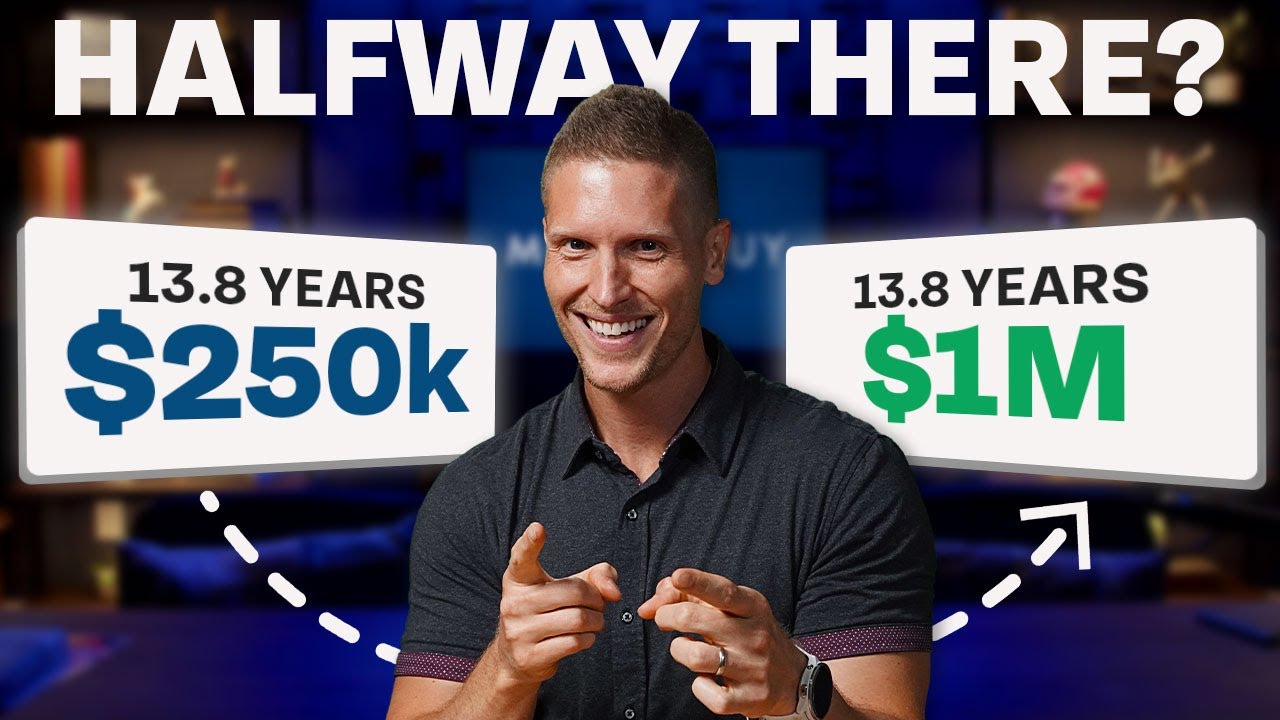Next up, we've got a question from Joshua. We're going to go back to rebalancing for a moment. He says, "While following a glide path, does it make sense to rebalance particular asset locations into different asset types? For example, moving a Roth to growth assets while keeping the glide path mix. Does that make sense?"
There was a lot of detail in there. In a word, Joshua, yes, absolutely. I'll talk a little about what asset location is. He's talking about. He said, "Okay, when I rebalance, when I think about mixing up a mix, is it just, 'Okay, I have my Roth IRA at 60/40, my 401(k) at 60/40, my taxable account at 60/40?' Well, that is a way to do it, but that may not be the most optimal way to do it. What you might want to think about is each one of those three different account types is taxed differently, and so you want different things to happen inside of them. You want your growth assets to live inside your Roth. You want your qualified capital gain or capital appreciation assets to live in your taxable account. You want your ordinary income assets, your alternatives, your fixed income to live inside of your tax-deferred accounts.
Well, a great thing that can happen as you are rebalancing your portfolio is, working through those rebalances, you can shift what you hold in those different accounts. And I don't think that's a crazy thing to do, and I think it's something that every time you rebalance, you probably should look at and visit. Yeah, I think it's important though to remind folks, if you're in that early part of the accumulation phase, say less than $500,000 of cumulative investment assets, maybe focus on the behaviors of saving and getting money into that boiling point or critical mass point. And that's why we love the index target retirement funds because you just figure out how much I can save, when do I need it, and it will do all the heavy lifting. Now, once you are getting to that critical mass point where these decisions do matter, it's not just the asset allocation or even the tax location as Joshua brought up, it's also what your cash flow needs in retirement are. There's a lot of variables that add some complexity to this. But for sure, I mean, I will tell you, this really comes into play at step seven of the
Financial Order of Operations, the hyper-accumulation phase. So if you want to go check it out at moneyguy.com/resources, download the free deliverable right there. And then, of course, you can go to
learn.moneyguy.com. We have our deep dive course. It definitely gets into the balancing of the three buckets, whether you're talking about your after-tax, your tax-deferred, or your tax-free. But Joshua, yeah, without a doubt, rebalancing should have an element of understanding what is your tax location impact on that. But that only probably should be the calories you should only waste those calories after you've reached a level of success that you actually get rewarded for some of these behaviors. I think that the most important thing you can focus on, time while you're trying to get to that first half a million dollars, is how do I get more money working for me so I can take spending less than I make? And so I'm borrowing a little bit of my happiness today, that deferred gratification, so I can have a bigger tomorrow. Those small incremental decisions really do stack up in a big way. Make sure you're focusing your effort and your energy on the things that actually move the needle, versus getting busy doing nothing probably too early. So, focus on that, because I think that's something financial mutants struggle with sometimes.













